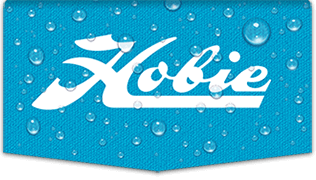I have been working on my rudder castings to install on my set of brand spanky new H18 hulls...these hulls come from the factory with the one piece cast euro gudgeons...which have an interferance fit with the lower casting. So it takes a bit of work on the lower castings to get everything to fit, but the results are worth it!
Thought I would post this in case anyone else is looking to do the upgrade...plus there are a few other ideas thrown in as well.
In all, it takes between .200" to .250" (about 3/16 to 1/4 inch) of material to be removed from the lower casting in order to have the casting fit onto the gudgeon attached to the hull. This is without removing material for using the stainless steel washer in the assembly as is the regular rudder assembly practice...I am going to moniter how the plastic bushing shoulders in the euro gudgeons wear...but I don't think the washer will be needed, and I really didn't want to remove any additional material if not necessary. I used painters tape to keep from scratching the castings while handling them (they are new), and the blue tape on the bottom is lined up with the initial "rough out" mark. Also tape every orifice off to keep dust out.
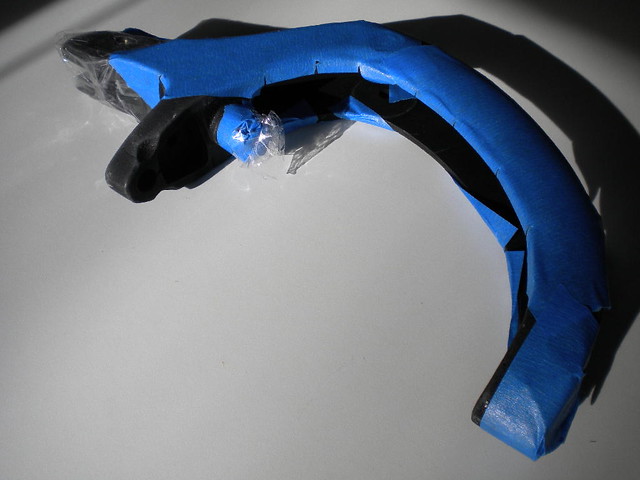
I removed .060 to .065 from the top part of the lower casting just to square everything up where it sits on the bushing in the gudgeon (both gudgeons and rudder castings use bushings), and then removed the remaining material off the bottom of the rudder casting (.150 to .180, depending on the side, each casting is unique) in order to maintain clearance away from the drain plug housing on the hull (not much extra room, so plan accordingly). This also took care of about 99% of some surface casting porosity. It is nice to square these surfaces up since they ride against the large shoulder of the bushings in the euro gudgeons; it helps to spread the load out and minimize early wear.
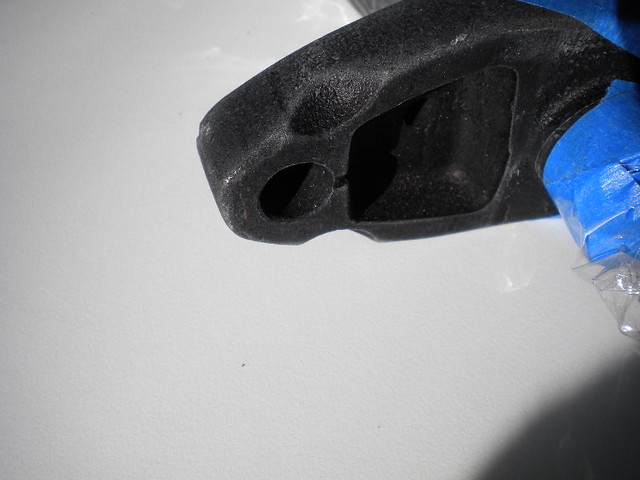
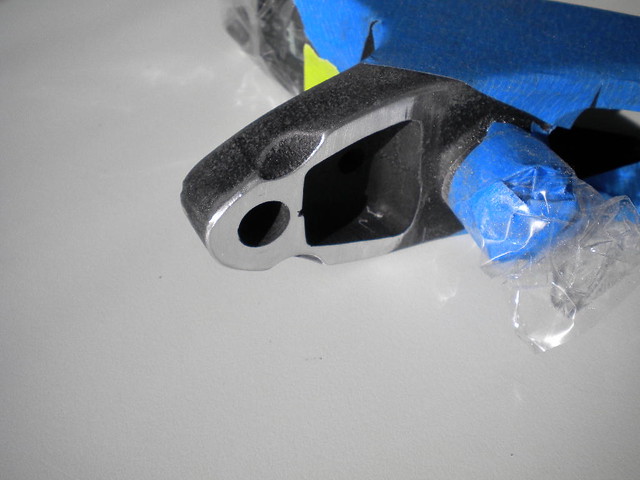

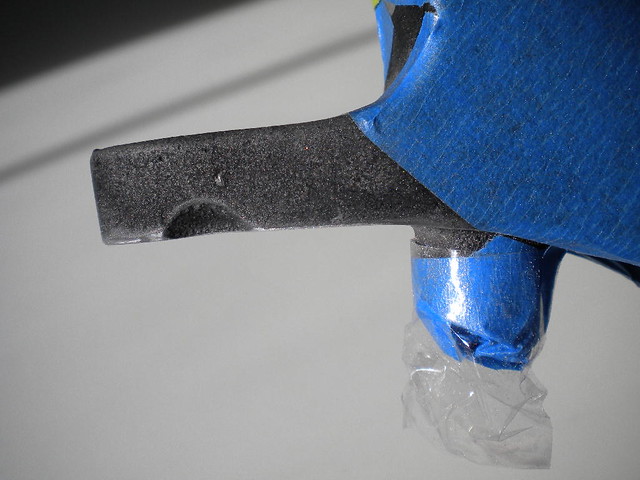
In addition to that, I had to remove a surprising amount of material around the perimeter of the castings since the 1-piece gudgeons don't extend out from the hulls as far as regular stainless gudgeons (material removal required to allow clearance / casting rotation).
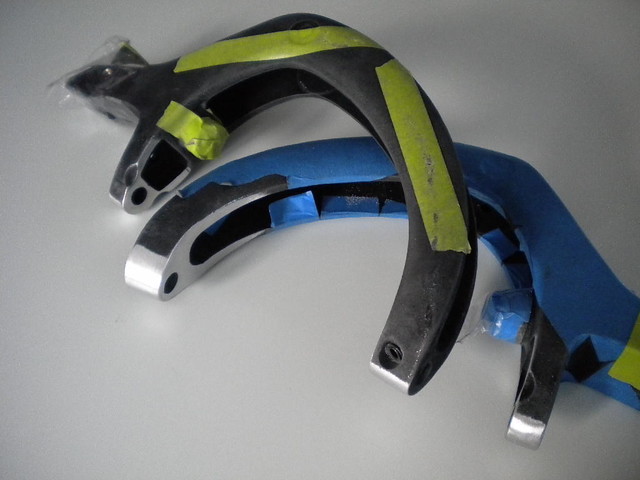
I faired the removed material into the rest of the castings both for looks and to avoid stress concentration (the 'step' that resulted from the initial material removal). Cleaned & touched up the castings with some custom-blended paint...might not last as long as re-anodizing, but I am not in salt water, either. Cleaned with near boiling hot water...does a great job of getting rid of the grey aluminum dust and getting everything back to black again.
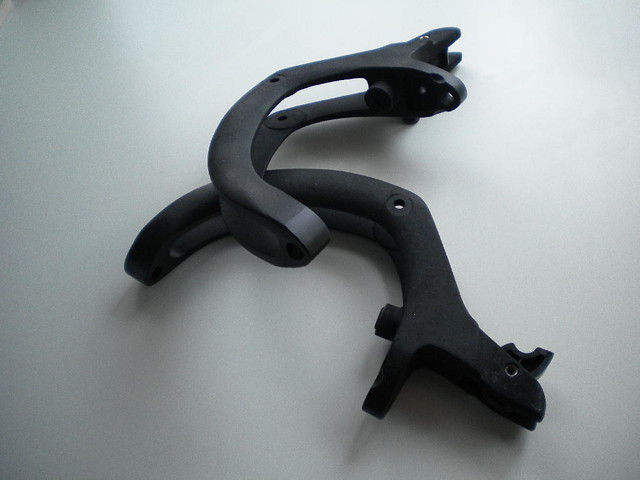
Counterbored the rudder pin holes for the nylon bushings which made a HUGE difference in the amount of "play" in the bushing...they are kind of a sloppy fit otherwise, even brand new. Capturing the shoulder of the bushing really tightened things up nicely, and should help keep them epoxied in place.
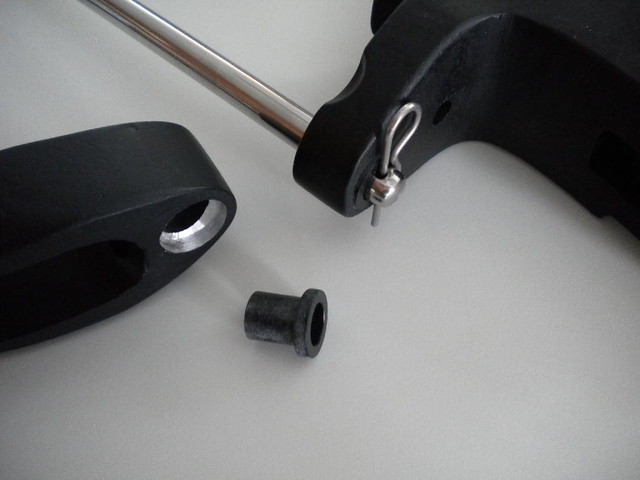
I scuffed the outsides of the bushings before gluing in...I have had problems with epoxy sticking to these before.
The top bushings (see pic above) I left slightly proud to facilitate retainer pin removal and to keep the retainer pins from rubbing on the castings. Rudder pins are custom polished stainless for a silky smooth feel (for now, at least!).
I set my blades up raked forward, and have had good luck using 3M adhesive backed velcro (use the fuzzy side only) as a bump-stop against the casting...use a sliver of rubber (stolen from a soft-grip ink pen) underneath for even more protection or as a shim if needed.
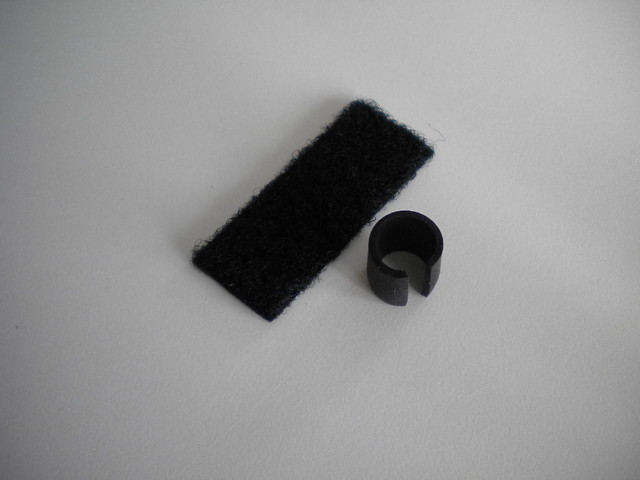
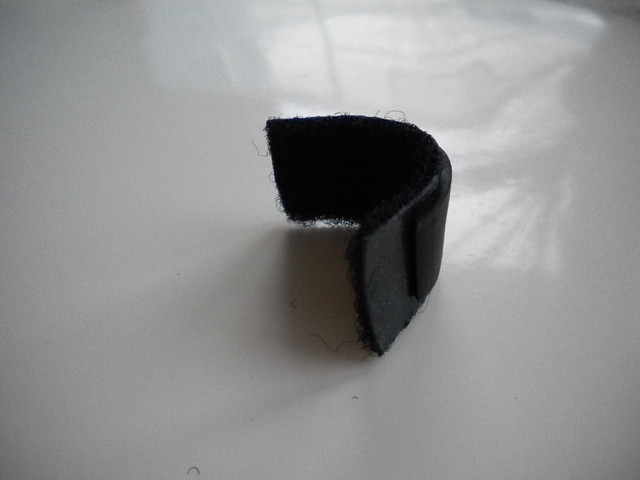
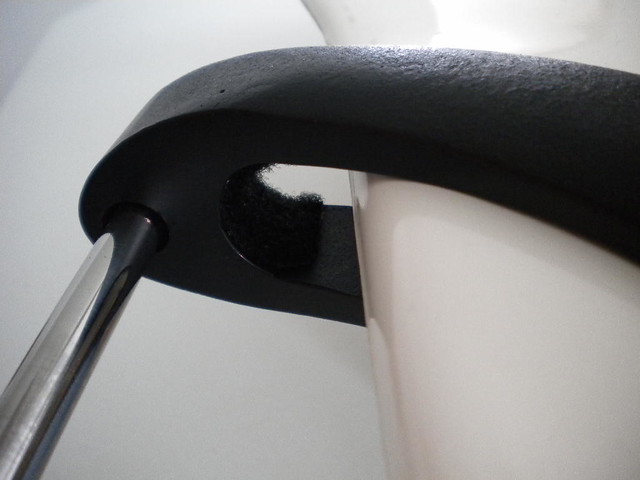
A lot of work & time to get them this far, but I am happy with the way they are turning out.
Eventually I'll post a few ideas I've learned for drilling rudder blades...getting them where you want...accurately.




